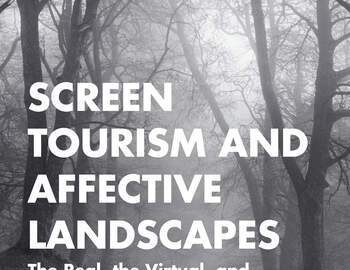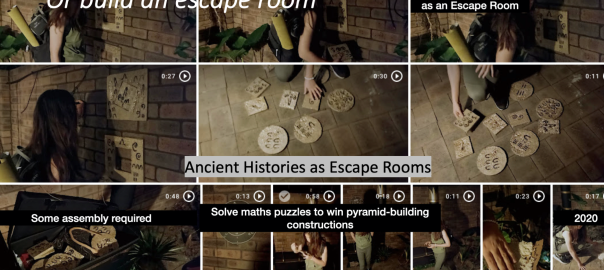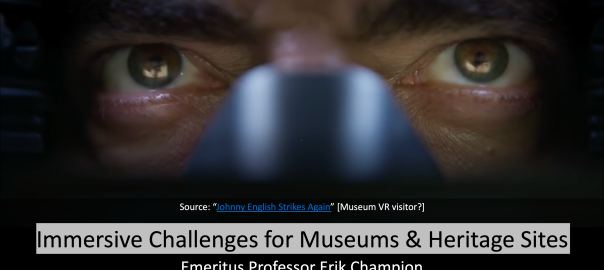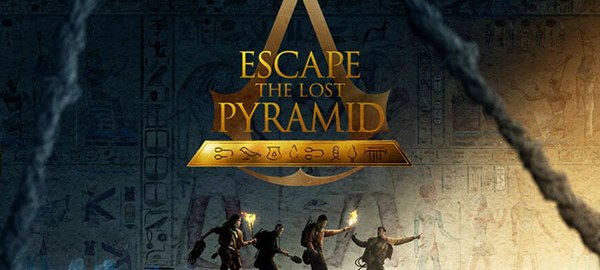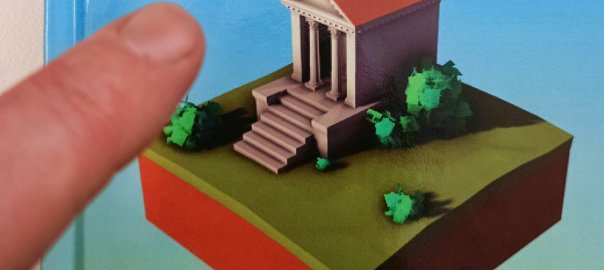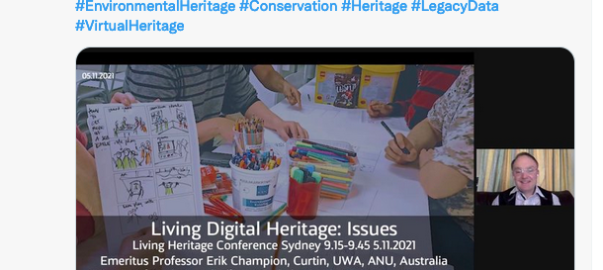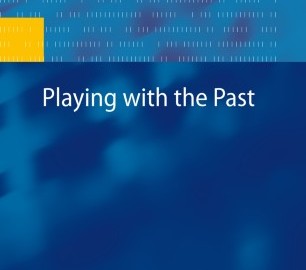Abstract
Draft of latest book chapter (before revisions) by the editors. Now onto the next book chapter!
Ranging from modified adaption of commercial games (game mods) to multi-million-dollar 3D visualizations and web-based projects, virtual heritage projects have showcased cutting-edge technology and provided insight into understanding past cultures. Virtual heritage has the potential to safeguard unique cultural treasures from the ravages of war and neglect, with interaction techniques to communicate knowledge across time and linguistic divides.
Despite these advantages, at its core, Virtual Heritage (virtual reality and related immersive and interactive digital technology applied to cultural heritage) implies something not real, but an illusion simulated or artificially projected. It typically relies on highly specialized capture, rending and hosting technology created by highly trained individuals, running on high-powered equipment manufactured at great environmental cost. And the original material it simulates can be sacred, stolen, or contested. There are consequences and ethical implications for this illusory but expensive medium of cultural heritage (and, typically, “cultural heritage” means other peoples’ cultures), whether complicitly generated or not. While the research field of virtual heritage is several decades old, its specific ethical issues have not been extensively addressed (Hepworth and Church, 2018, de Broglie, 2018, Frischer, 2019), and specific challenges are not often covered by, say, digital archaeological ethics discussion (Dennis, 2021, Dennis, 2020).
To provide an overview of these ethical issues, four issues will be discussed in this chapter. Who determines the content, cultural ownership and overall decision-making; how both the depiction of personal or sacred assets and traces of people no longer with us, obsessions with photorealism rather than the complex topic of authenticity, and the dangerous allure of gamification; what needs to be preserved and related environmental issues; where and when the audience should be involved, motivated, and their feedback fed back into current and future projects.
Keywords: Cultural heritage, virtual heritage, virtual reality, serious games.


